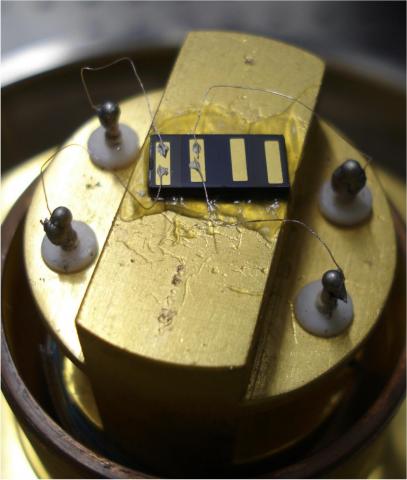Researchers at the University of Göttingen, DESY, the Max Planck Institutethe Technical University of Clausthal-Zellerfeld have used perovskites to lay the foundation for a new type of photovoltaic cell. In their method, infrared radiation is converted into electrical energy using a different mechanism from that found in conventional solar cells. The mechanism behind the new solid-state solar cell made of perovskite relies on "polaron excitations", which combine the excitation of electrons and vibrations of the crystal lattice.

"In conventional solar cells, the interaction between the electrons and the lattice vibrations can lead to unwanted losses, causing substantial problems, whereas the polaron excitations in the perovskite solar cell can be created with a fractal structure at certain operating temperatures and last long enough for a pronounced photovoltaic effect to occur," explains the team. "This requires the charges to be in an ordered ground state, however, corresponding to a sort of crystallization of the charges, which therefore allows strong cooperative interactions to occur between the polarons."
The perovskite solar cells studied by the team had to be cooled in the laboratory to around minus 35 degrees Celsius, in order for the effect to take place. If this effect is to be used in practical applications, it will be necessary to produce ordered polaron states at higher temperatures. For this purpose, the scientists are trying to modify the material in order to achieve a higher operating temperature.

